Home>Gardening & Outdoor>Landscaping Ideas>How Long After Spraying For Weeds To Plant Grass Seed
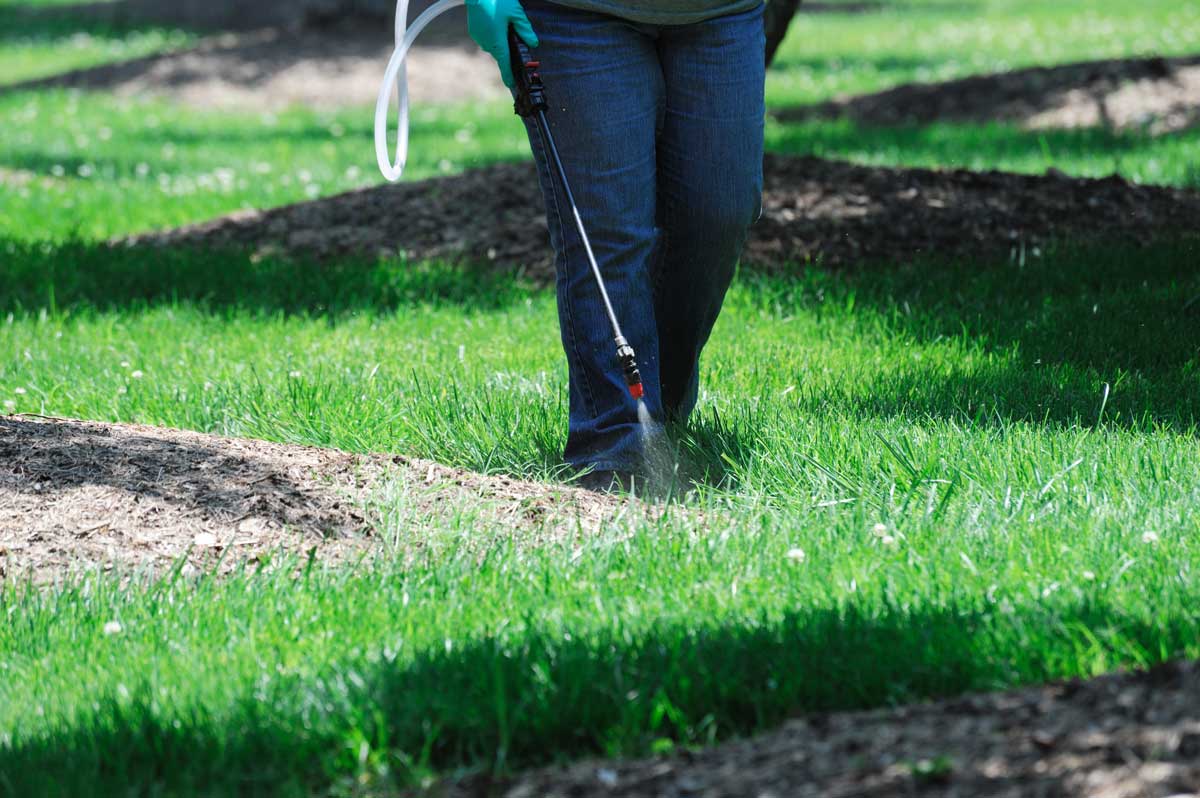

Landscaping Ideas
How Long After Spraying For Weeds To Plant Grass Seed
Modified: March 2, 2024
Looking for landscaping ideas? Learn how long to wait after spraying for weeds before planting grass seed to ensure a successful lawn renovation.
(Many of the links in this article redirect to a specific reviewed product. Your purchase of these products through affiliate links helps to generate commission for Storables.com, at no extra cost. Learn more)
Introduction
When it comes to maintaining a lush and healthy lawn, the battle against weeds is a common challenge for many homeowners and garden enthusiasts. Weeds not only detract from the visual appeal of the lawn but also compete with grass for essential nutrients, water, and sunlight. To combat these invasive plants, many individuals turn to herbicides to effectively control and eliminate weeds. However, a common question that arises after applying herbicides is, "How long after spraying for weeds can I plant grass seed?"
Understanding the timing and considerations involved in planting grass seed after weed control is crucial for achieving successful results. It requires a delicate balance between eradicating unwanted weeds and creating optimal conditions for new grass to thrive. Factors such as the type of herbicide used, the specific weeds targeted, and environmental conditions all play a significant role in determining the ideal waiting period before planting grass seed.
In this comprehensive guide, we will delve into the various factors that influence the timing of planting grass seed after weed control. We will explore the waiting periods associated with different types of herbicides, offer valuable tips for ensuring successful grass seeding post-weed control, and provide insights to help you achieve a vibrant and weed-free lawn. Let's embark on this journey to discover the optimal approach for seamlessly transitioning from weed control to rejuvenating your lawn with fresh, resilient grass.
Key Takeaways:
- Wait 4-12 weeks after using pre-emergent herbicides before planting grass seed. Consider soil health, targeted weeds, and environmental conditions for successful lawn restoration.
- Prepare soil, select high-quality grass seed, and follow proper seeding techniques for successful grass seeding after weed control. Patience and vigilance are key.
Factors to Consider
Before rushing to plant grass seed after applying herbicides to control weeds, it's essential to consider several factors that can significantly impact the success of your lawn rejuvenation efforts. Understanding these key considerations will help you make informed decisions and set the stage for optimal grass seed germination and growth.
Type of Herbicide Used
The type of herbicide employed for weed control is a critical factor in determining the waiting period before planting grass seed. Herbicides are broadly categorized as pre-emergent or post-emergent, each with distinct properties and modes of action. Pre-emergent herbicides are applied to prevent weed seeds from germinating, while post-emergent herbicides target actively growing weeds. Additionally, some herbicides have residual effects that can persist in the soil, potentially hindering the germination and establishment of new grass seedlings. Understanding the specific characteristics and residual activity of the herbicide used is essential for determining the appropriate waiting period.
Targeted Weeds and Weed Density
The types of weeds targeted and their density in the lawn also influence the timing of grass seed planting. Certain aggressive weeds may leave behind residues or root systems that can impede the growth of newly planted grass seed. Additionally, densely populated weed infestations may have depleted essential nutrients and created unfavorable soil conditions for grass seed germination. Assessing the extent of weed control and ensuring that the soil is conducive to supporting new grass growth is crucial for successful lawn restoration.
Environmental Conditions
Environmental factors such as temperature, humidity, and precipitation play a significant role in the post-herbicide application phase. Optimal soil moisture and temperature are essential for promoting grass seed germination and establishment. However, some herbicides may have specific temperature or moisture requirements that need to be considered before introducing grass seed to the treated area. Additionally, extreme weather conditions, such as prolonged drought or heavy rainfall, can impact the efficacy of herbicides and the subsequent grass seeding process.
Read more: How Long To Seed After Weed And Feed
Soil Health and Composition
The overall health and composition of the soil following herbicide application are key considerations when planning to plant grass seed. Herbicides can affect soil pH, nutrient levels, and microbial activity, all of which are vital for supporting healthy grass growth. Conducting a soil test to assess nutrient levels and pH, as well as addressing any potential soil compaction or drainage issues, can help create an optimal environment for new grass seedlings to thrive.
Existing Grass Species and Seed Compatibility
If there is existing grass in the treated area, it's essential to consider the compatibility of the selected grass seed with the established turf. Some herbicides may have residual effects that can impact certain grass species or cultivars. Understanding the potential interactions between the herbicide used and the desired grass seed is crucial for avoiding compatibility issues and promoting uniform grass establishment.
By carefully evaluating these factors and addressing any potential challenges, you can make informed decisions regarding the timing of planting grass seed after weed control. This thoughtful approach will set the stage for successful lawn restoration and the emergence of a vibrant, weed-free landscape.
Waiting Period for Different Herbicides
The waiting period before planting grass seed after applying herbicides varies depending on the type of herbicide used and its specific properties. Understanding the waiting periods associated with different herbicides is crucial for ensuring the successful establishment of new grass seedlings and preventing potential interference with the herbicide's residual effects.
Pre-Emergent Herbicides
Pre-emergent herbicides are designed to prevent weed seeds from germinating, making them a valuable tool for proactive weed control. These herbicides form a barrier in the soil, inhibiting the growth of weed seeds and preventing new weeds from emerging. The waiting period before planting grass seed after applying pre-emergent herbicides typically ranges from 4 to 12 weeks, depending on the specific product used. It is essential to adhere to the recommended waiting period to allow the herbicide's residual effects to diminish and create favorable conditions for grass seed germination.
Post-Emergent Herbicides
Post-emergent herbicides are applied to actively growing weeds, targeting their foliage and root systems to eliminate existing weed infestations. The waiting period for planting grass seed after using post-emergent herbicides varies based on the herbicide's active ingredients and their persistence in the soil. In general, it is advisable to wait at least 2 to 4 weeks after applying post-emergent herbicides before planting grass seed. However, specific products may have longer waiting periods, necessitating careful consideration and adherence to the manufacturer's guidelines.
Residual Effects and Soil Activity
Some herbicides have residual effects that can persist in the soil beyond their initial application. These residual effects may inhibit the germination and growth of grass seed, potentially leading to poor establishment and uneven turf coverage. Understanding the soil activity and persistence of the herbicide used is essential for determining the appropriate waiting period before introducing grass seed to the treated area. It is recommended to conduct thorough research or consult with a knowledgeable professional to ascertain the residual effects of the specific herbicide and plan the grass seeding timeline accordingly.
Herbicide-Specific Recommendations
Each herbicide product comes with specific guidelines and recommendations regarding the waiting period before planting grass seed. These guidelines are formulated based on the herbicide's active ingredients, application rates, and environmental considerations. It is imperative to carefully review the product label or accompanying documentation to identify the recommended waiting period and any additional precautions or considerations related to grass seed planting. Adhering to the manufacturer's instructions ensures that the herbicide's efficacy is not compromised and that the newly planted grass seedlings have the best opportunity for successful establishment.
By understanding the waiting periods associated with different herbicides and considering their residual effects, you can effectively plan the timing of grass seed planting after weed control. Adhering to the recommended waiting periods and taking into account the specific characteristics of the herbicide used will contribute to the successful rejuvenation of your lawn and the emergence of healthy, resilient grass.
Tips for Successful Grass Seeding After Weed Control
-
Prepare the Soil: Before seeding, ensure that the soil is adequately prepared to provide an optimal environment for grass seed germination and growth. This may involve loosening compacted soil, addressing drainage issues, and incorporating organic matter to improve soil structure and fertility.
-
Select High-Quality Grass Seed: Choose a high-quality grass seed blend or mixture that is well-suited to your specific climate, soil type, and sunlight conditions. Opting for certified seed varieties with excellent germination rates and disease resistance will set the stage for a successful lawn establishment.
-
Timing is Key: Timing the grass seeding process is crucial for maximizing the seed's germination potential. Aim to seed during the optimal growing season for your region, taking into account temperature, moisture, and sunlight conditions that promote rapid and robust grass seedling development.
-
Proper Seeding Techniques: Utilize proper seeding techniques, such as evenly distributing the grass seed, ensuring adequate seed-to-soil contact, and covering the seeded area with a thin layer of mulch or straw to retain moisture and protect the seeds from birds and environmental stressors.
-
Watering and Maintenance: After seeding, maintain consistent soil moisture by gently watering the seeded area. Avoid overwatering, which can lead to seed displacement, and ensure that the soil remains consistently moist but not waterlogged. Additionally, regular monitoring and timely weed control in the newly seeded area are essential to prevent weed competition and promote grass seedling growth.
-
Fertilization and Soil Amendments: Consider applying a starter fertilizer specifically formulated for new grass seedlings to provide essential nutrients for early growth. Conducting a soil test to assess nutrient levels and pH can guide the application of soil amendments to create an optimal growing environment for the emerging grass seedlings.
-
Patience and Vigilance: Understand that successful grass seeding after weed control requires patience and vigilance. It may take several weeks for the grass seedlings to establish and develop a strong root system. Regular monitoring, timely maintenance, and addressing any emerging issues will contribute to the long-term success of your newly seeded lawn.
By implementing these tips, you can enhance the likelihood of achieving a lush, healthy lawn following weed control. The combination of thoughtful preparation, strategic timing, and attentive care will pave the way for a vibrant and resilient grass landscape that thrives in the wake of weed eradication.
Conclusion
In the quest for a thriving and weed-free lawn, the process of transitioning from weed control to grass seeding is a pivotal phase that demands careful consideration and strategic planning. As we've explored the factors influencing the timing of grass seed planting after weed control and delved into the waiting periods associated with different herbicides, it becomes evident that achieving successful lawn rejuvenation requires a harmonious balance of proactive measures and thoughtful execution.
The waiting period for planting grass seed after applying herbicides is not a one-size-fits-all scenario. It hinges on various factors, including the type of herbicide used, residual effects, targeted weeds, environmental conditions, and soil health. Understanding these factors empowers homeowners and garden enthusiasts to make informed decisions, ensuring that the newly planted grass seedlings have the best opportunity for robust growth and establishment.
Furthermore, the journey toward successful grass seeding after weed control extends beyond the waiting period. It encompasses a series of strategic steps, from soil preparation and grass seed selection to proper seeding techniques, watering, maintenance, and ongoing vigilance. Each of these elements plays a crucial role in nurturing the emergence of a vibrant and resilient lawn that thrives in the aftermath of weed eradication.
By embracing the tips for successful grass seeding after weed control and integrating them into your lawn restoration endeavors, you can set the stage for a lush and healthy landscape. Patience, diligence, and a deep understanding of the interplay between weed control, grass seeding, and ongoing lawn care are fundamental to achieving long-term success.
As you embark on your journey to rejuvenate your lawn and create a verdant oasis, remember that each step, from weed control to grass seed planting and beyond, contributes to the overarching goal of cultivating a thriving and resilient lawn. With careful planning, informed decision-making, and a touch of nurturing care, you can transform your outdoor space into a captivating haven that embodies the beauty and resilience of a well-tended lawn.
Frequently Asked Questions about How Long After Spraying For Weeds To Plant Grass Seed
Was this page helpful?
At Storables.com, we guarantee accurate and reliable information. Our content, validated by Expert Board Contributors, is crafted following stringent Editorial Policies. We're committed to providing you with well-researched, expert-backed insights for all your informational needs.
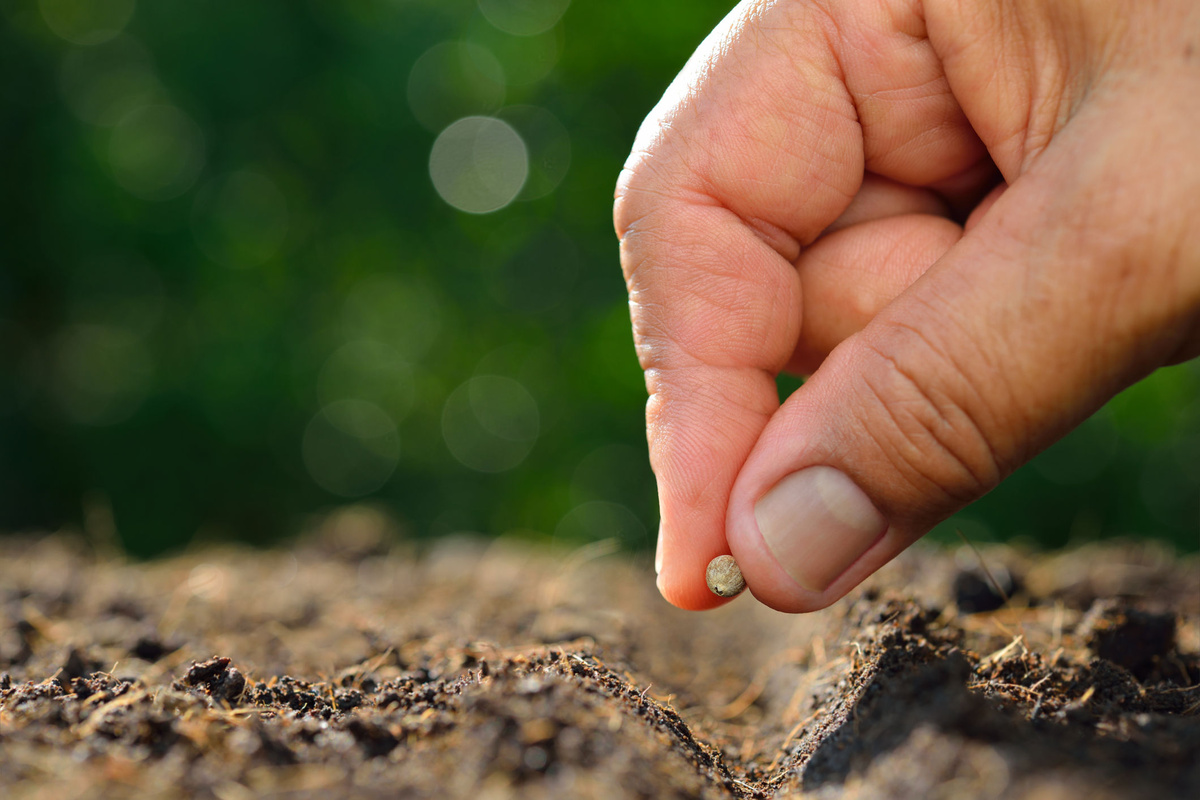
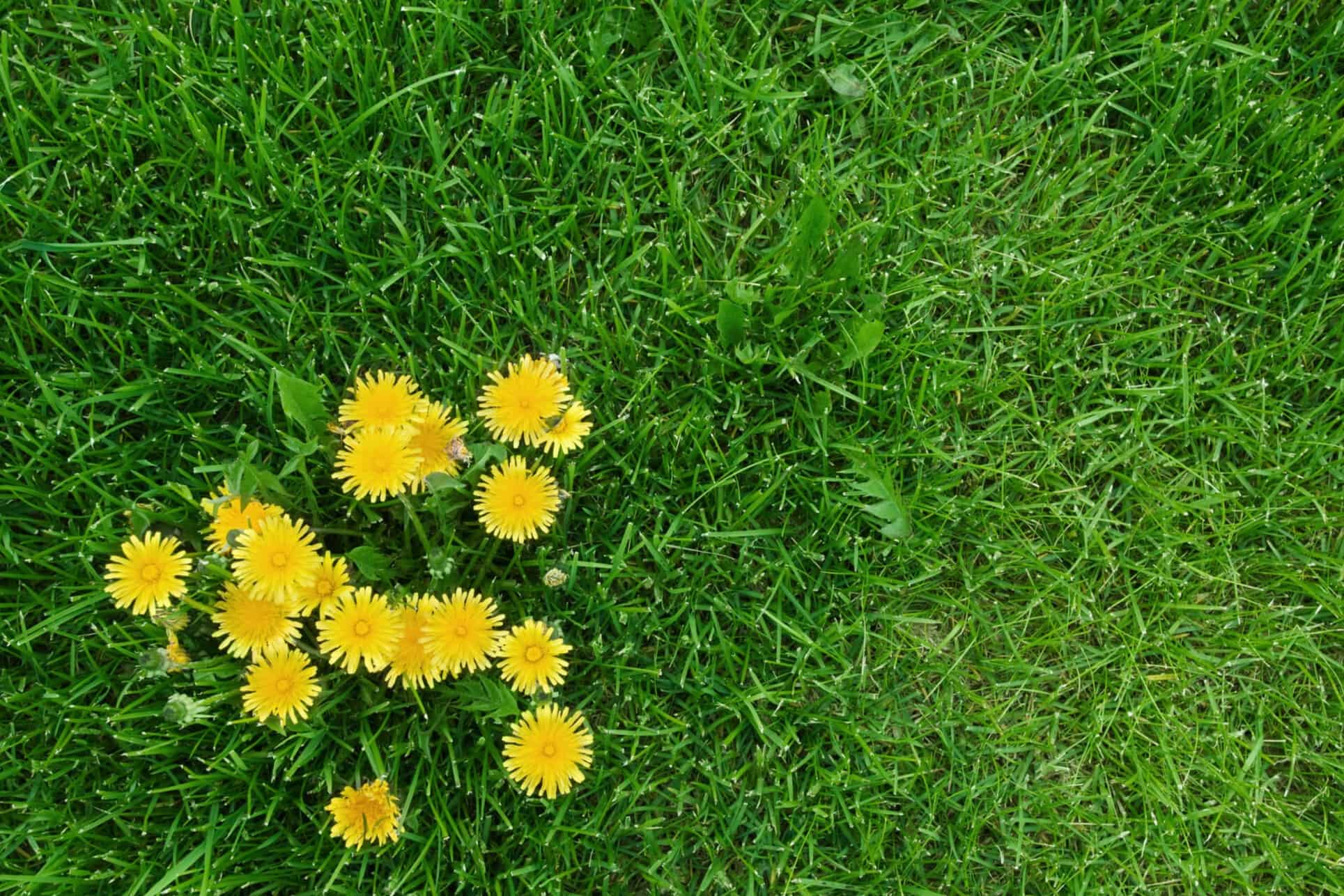
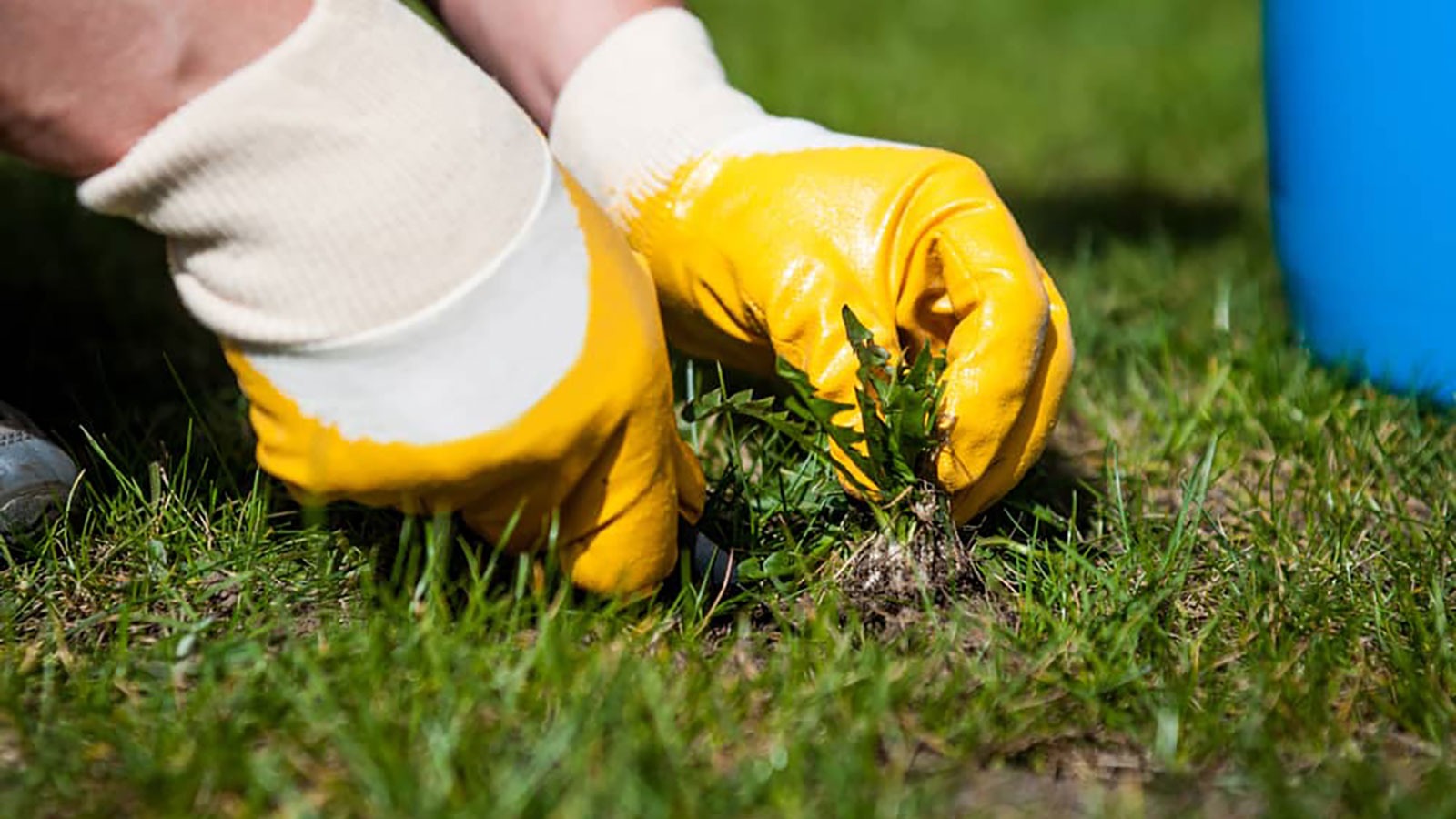

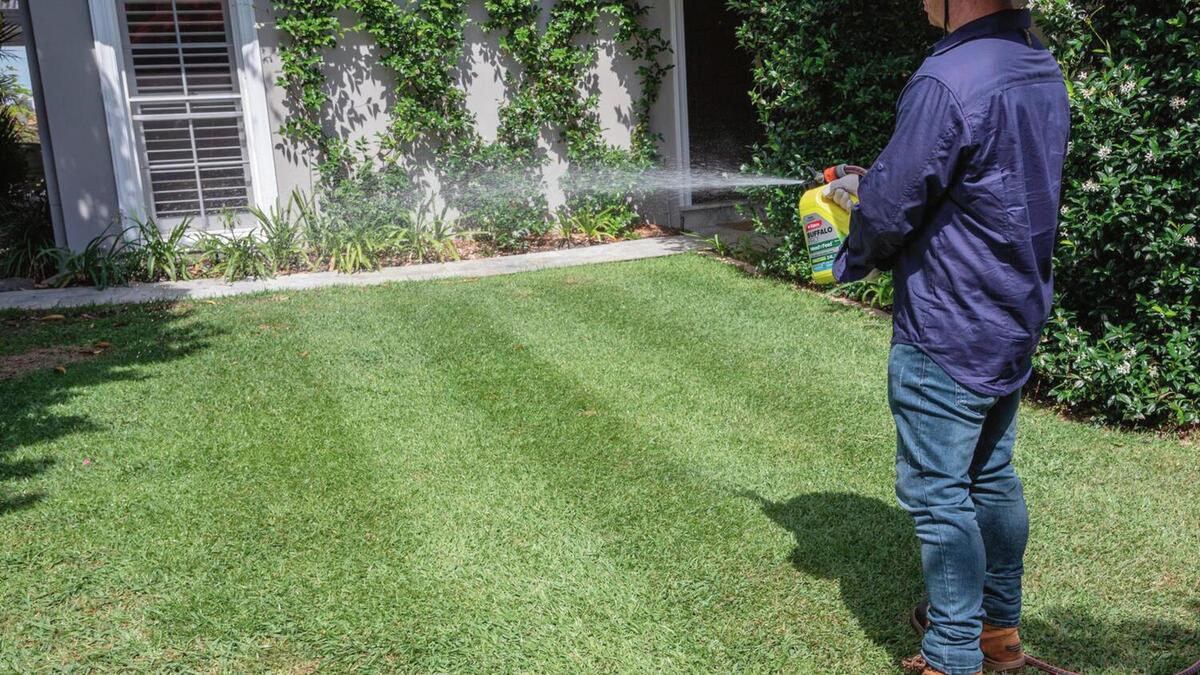
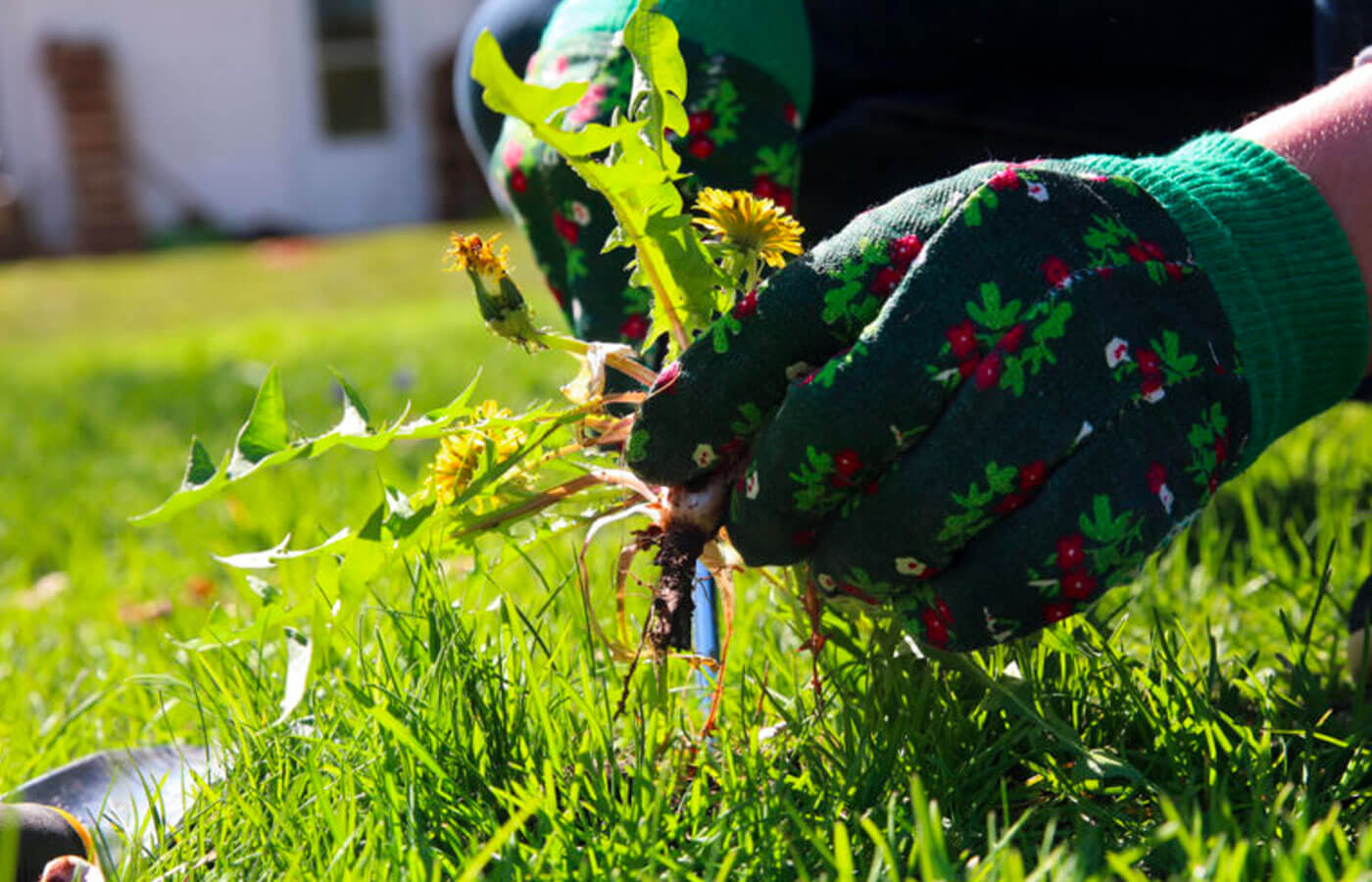
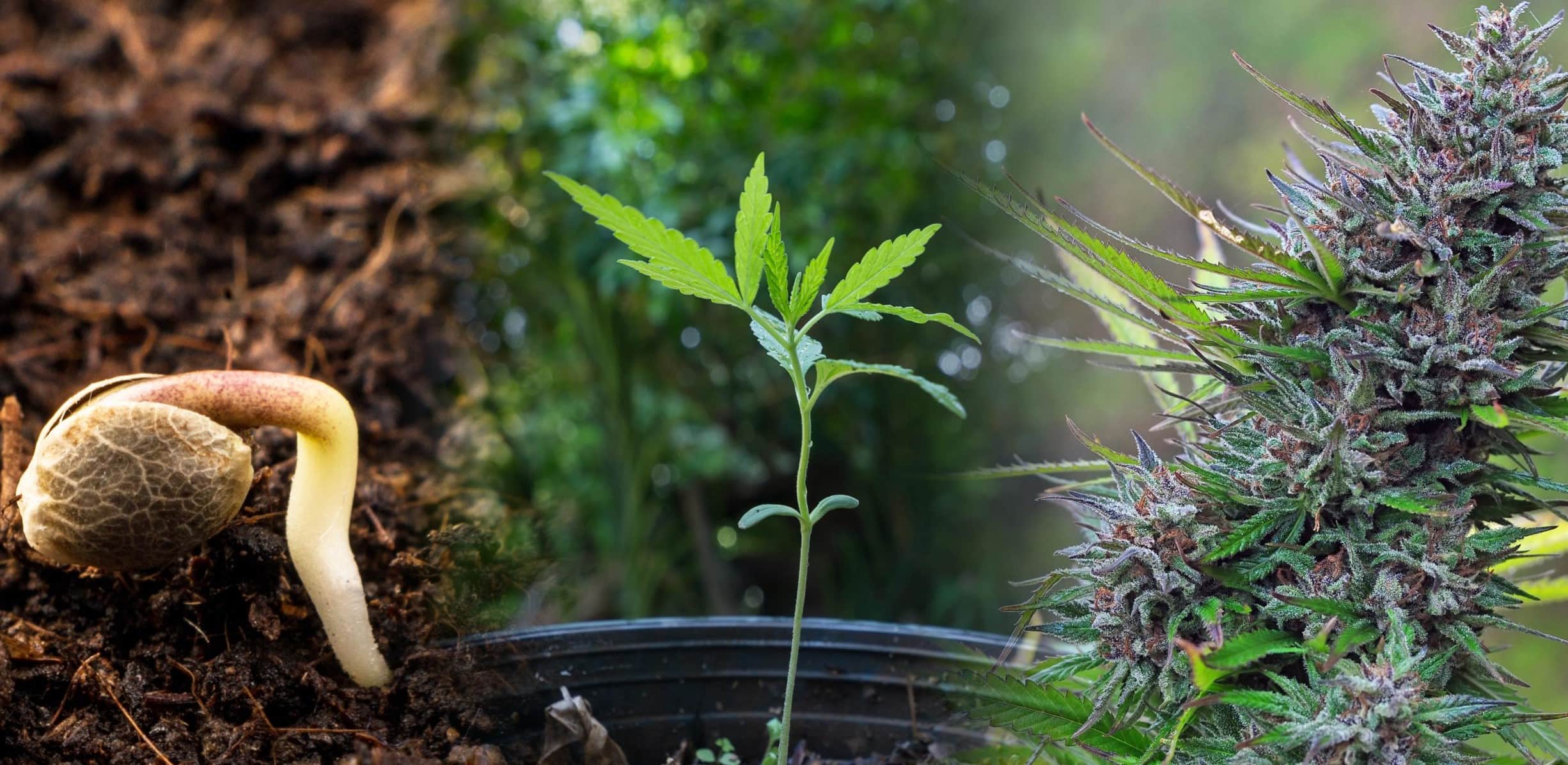
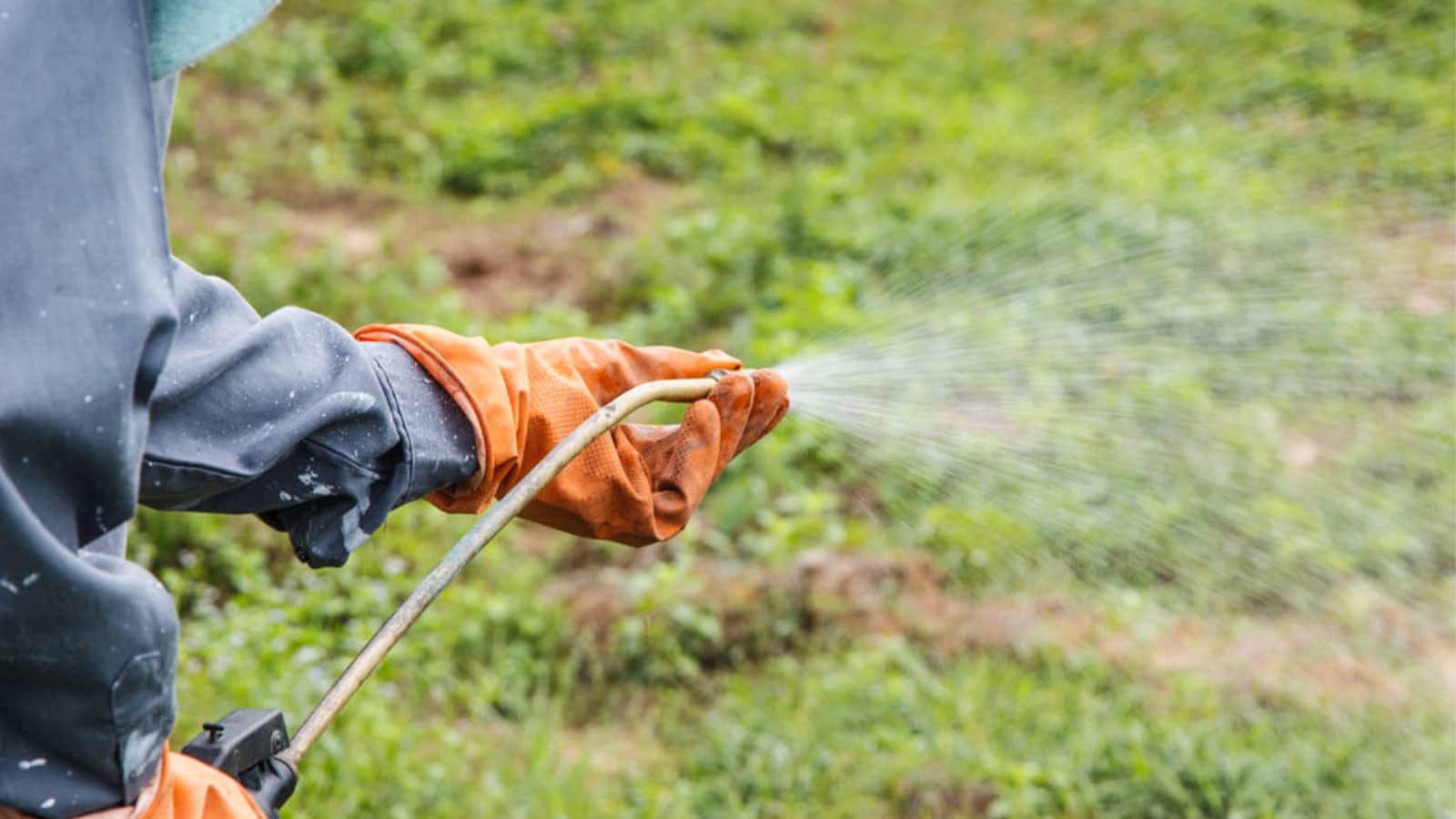
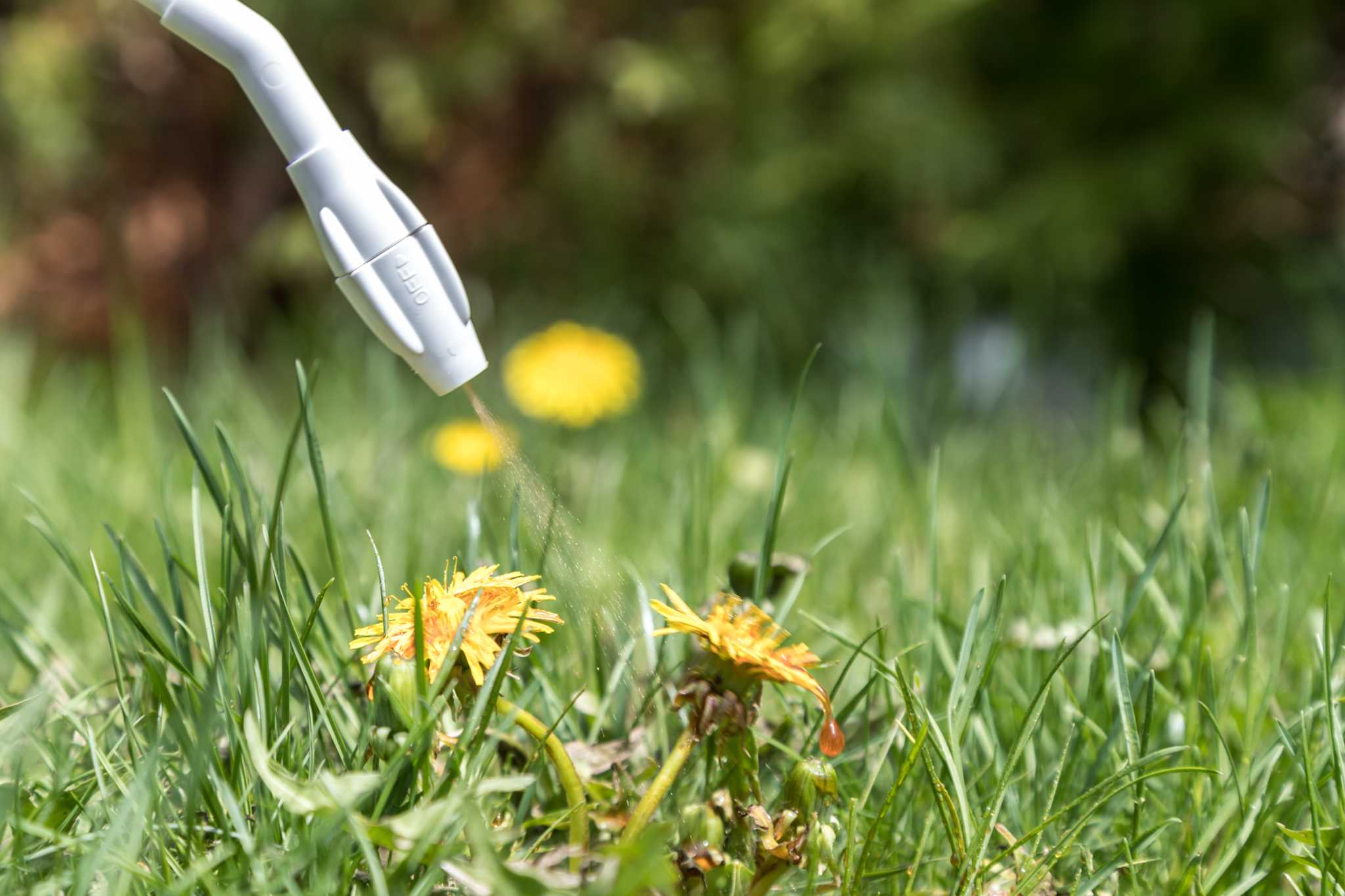
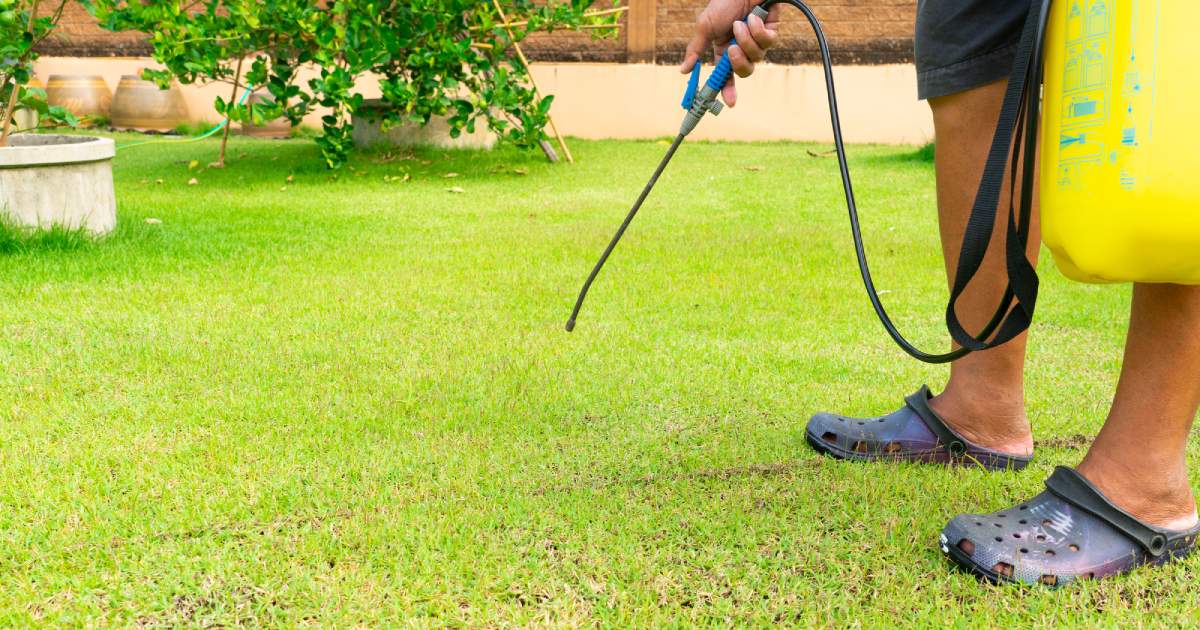
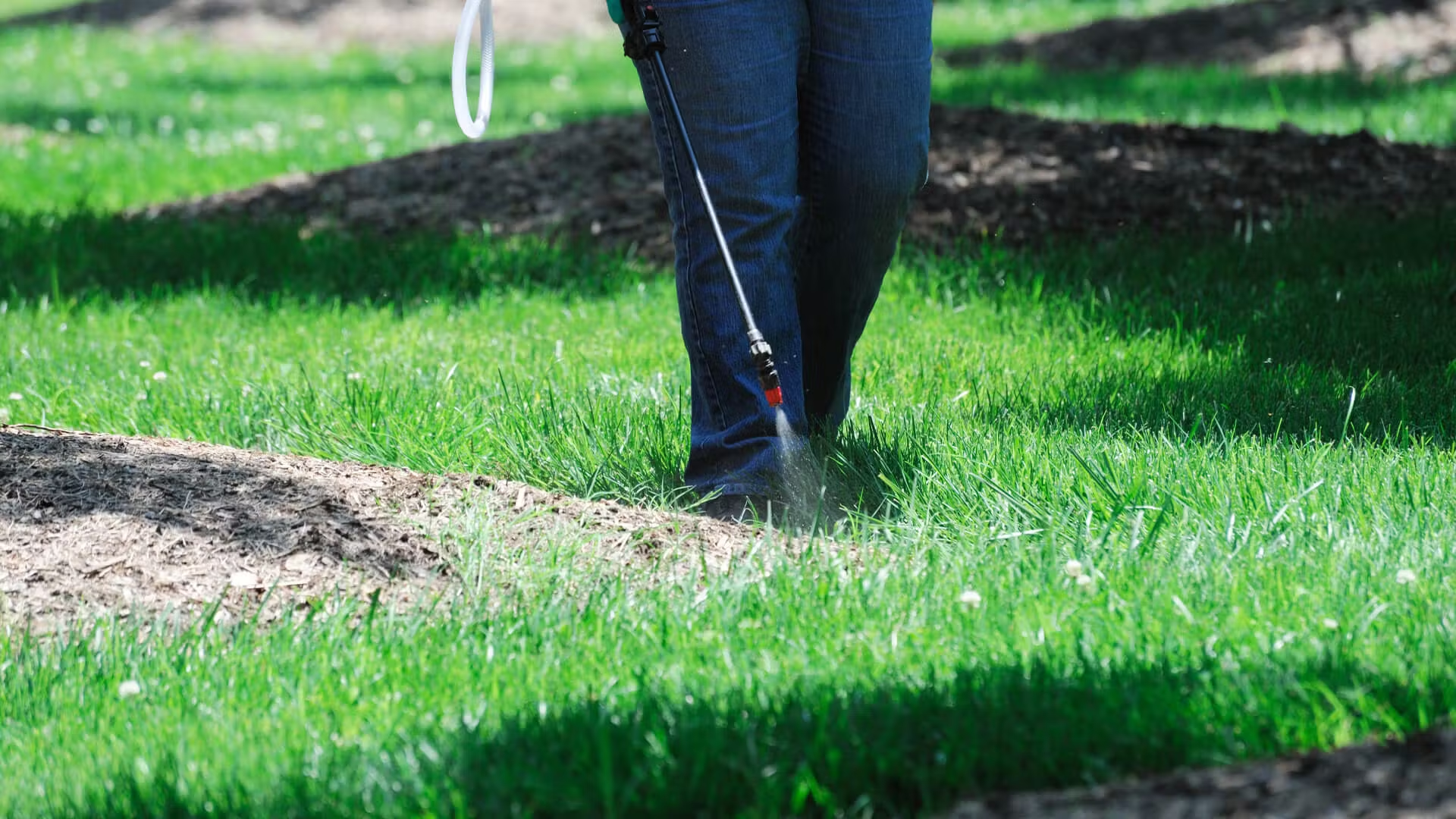
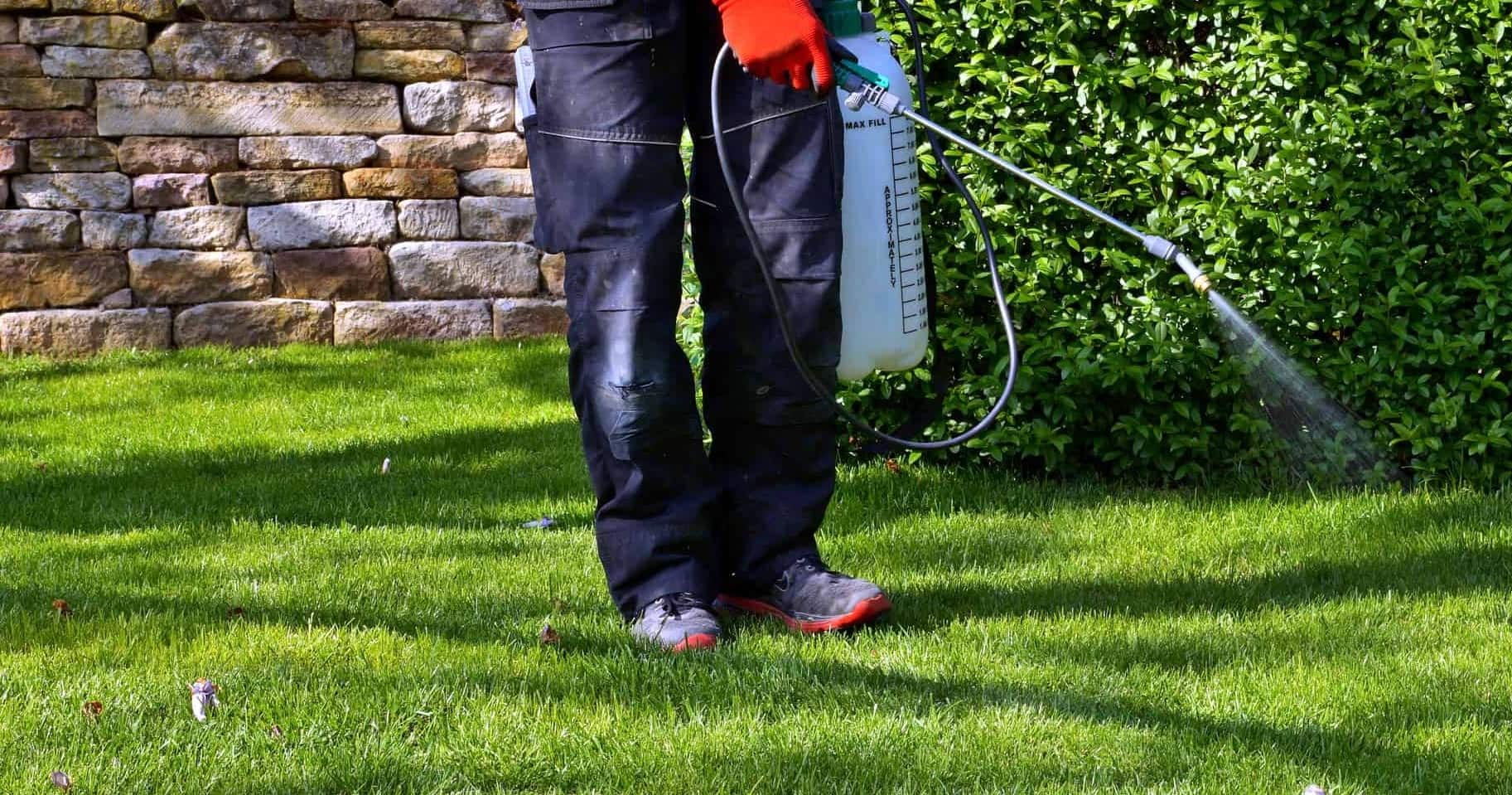

0 thoughts on “How Long After Spraying For Weeds To Plant Grass Seed”